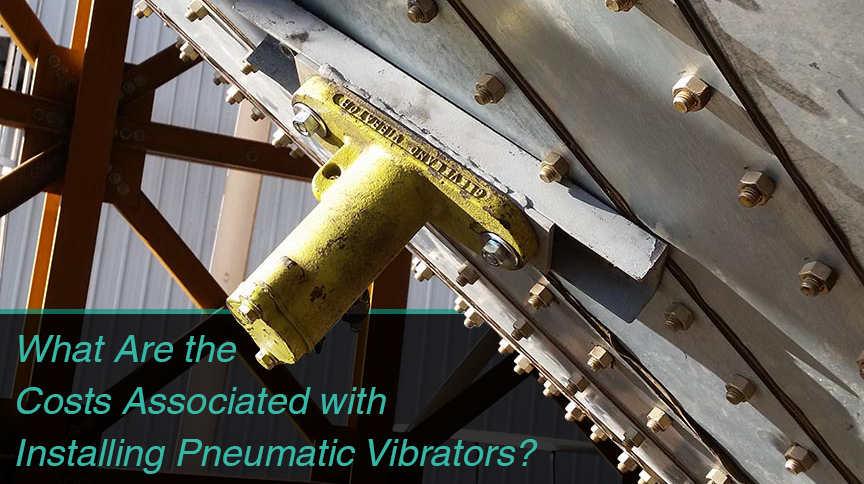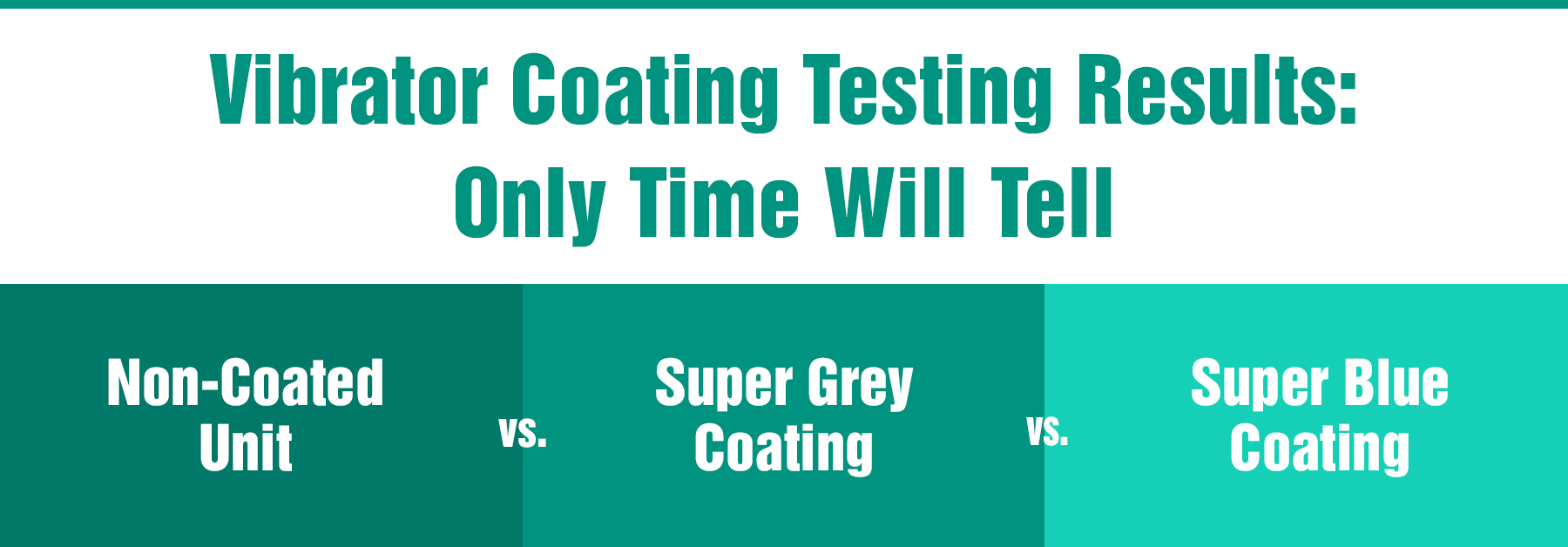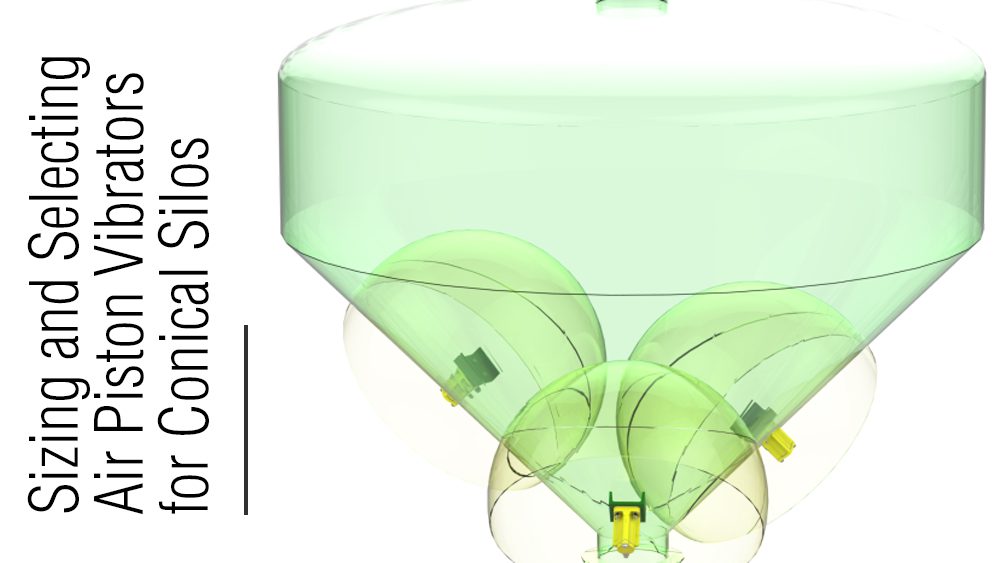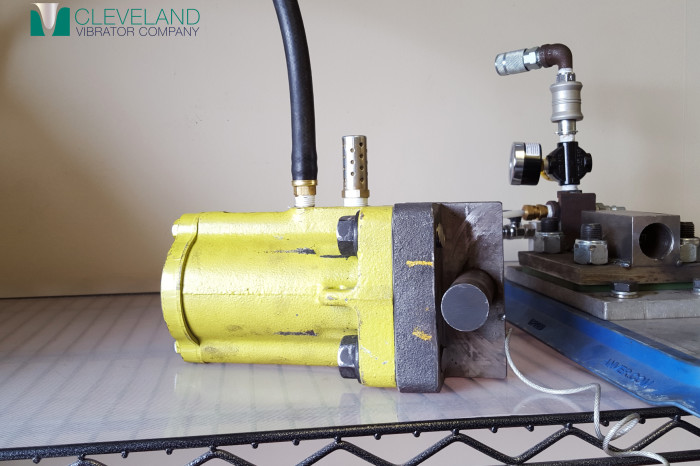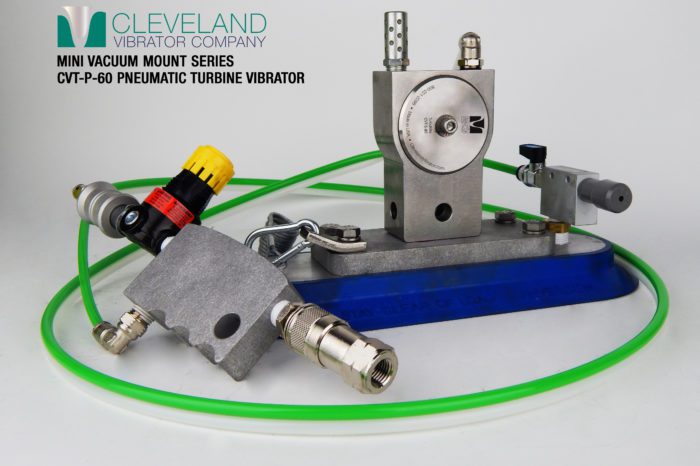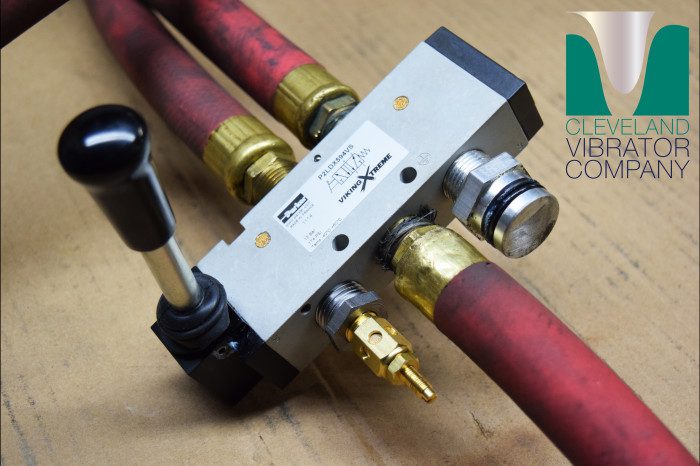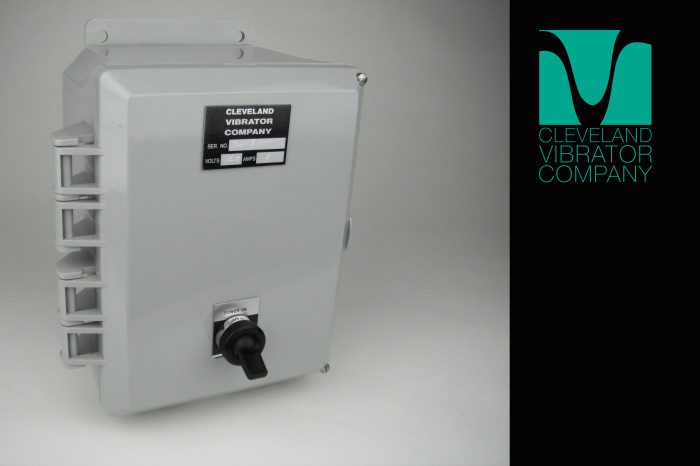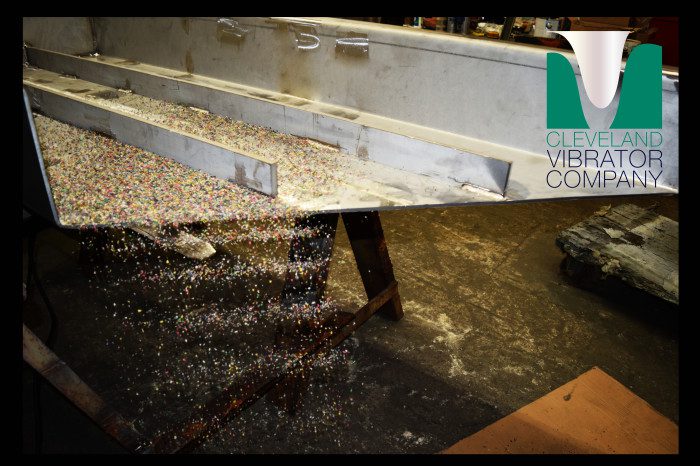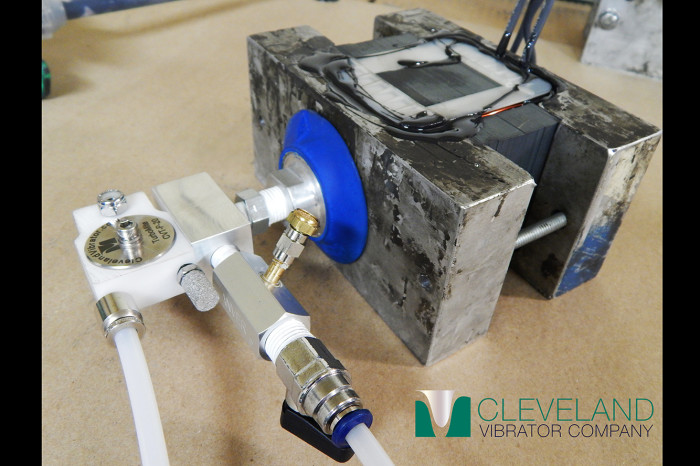What Are the Costs Associated with Installing Pneumatic Vibrators?
By Mike Stratis
When it comes time to review solutions to the material flow problems inside the hopper, pipe, or chute, there are a few things to keep in mind when putting together a budget for the project. Besides the vibratory flow aid itself, there are additional components required before installing the unit. We will discuss these items and estimated costs of acquiring these components. Here is the shortlist:
- Industrial vibrator – pneumatic piston vibrator, single impact air knocker, pneumatic turbine vibrator, pneumatic ball vibrator
- Safety cable
- Mounting channel or plate
- Hose to connect the vibrator to the on/off valve
- On/off valve
- Hose to connect on/off valve to air prep component (filter/regulator or filter/regulator/lubricator)
- Lubricant (if necessary)
Depending on the size of the hopper or piece of equipment that the pneumatic vibrator is going to be installed on, the price of the vibrator itself can range from about $100 to as much as $10,000. But, within that range, the vast majority of the units are going to be between $100-$1000. Read More…

Mike joined The Cleveland Vibrator Company team in 2013 with prior experience in manufacturing sales with a Cleveland company in the tool and die industry. Now, he’s the Director of Sales and specializes in “making stuff that shakes stuff”.
When he’s not immersed in the world of industrial vibration, as rare as that might be, Mike keeps busy *not finishing in last place* in Fantasy Football and enjoys spending time with his wife and three kids. It’s always golf season for Mike, and he’s been known to 3 putt his way around any course and can roll tee balls in rain or shine. You can find him tailgating in the Muni Lot before Browns games or supporting local breweries.
As an avid provider of #VibrationEducation, he offers this free bit of advice, “Not all vibration is the same. Force and frequency do matter!” However, there is a 2% upcharge for all Michigan and Steeler’s fans.
Share this blog post:


